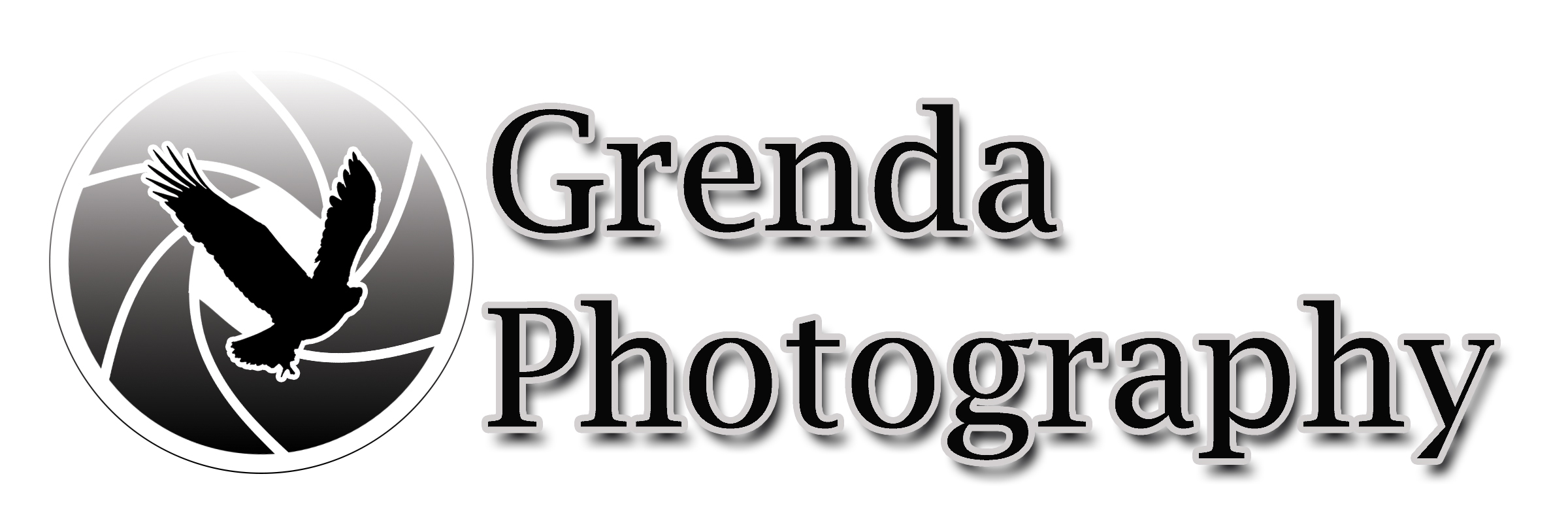Digital v Film
The age-old debate
There are those that stand by film photography and the rest that use only digital cameras and equipment. Since digital photography became mainstream and affordable, the majority of film photography enthusiasts switched over to digital.
I myself personally use both mediums, with a majority of time spent using my digital cameras. However, film camera still holds a special spot in my heart. The fact that there is a story behind every photo, the preparation involved in taking the photo. Every shot is precious as you cannot take it back if you waste it. You could say that these photos have a substance that is absent when shooting digital.
I would like to share with you my own opinions regarding the subject as a professional digital and hobbyist film photographer. For digital, I use either a Nikon D610, Nikon D7200, or a Fujifilm X100. For film, I shoot with a Nikon F80, Zenit 12XP, and Konica C35. Each of these cameras serves a different purpose and are distinctly different from each other, particularly the film cameras.


Benefits of Film
Aside from the aforementioned matter of artistic substance, there are other reasons to (still) using a film camera in 2019
Dynamic Range
Film photos have a forgiving nature if you overexposure, and also the ability to accurately retain details in highlights and shadows over a wide range of stops
Cost of equipment
Aside from the high brow likes of Leica, or limited edition or collectors Olympus, Nikon, or Canon, it is possible to get a decent film camera, sometimes even a medium format, for considerably less than a decent reputable digital SLR or equivalent professional or semi-professional camera
Downsides of film
Gradual additional expenses
These add up. What you save in batteries (some not all film cameras) you spend in expenses including film rolls, film developing, and further printing/scanning/transferring to a digital format which requires a printer and scanner in addition to a computer. Since film rolls are in ever limited supply, with number dwindling, prices are bound to keep growing to compensate for an increase in demand and decrease in supply.
Photo labs
Then after you shoot a roll, it will need to be developed so you need to find a good photo lab or develop it yourself if you have the conditions and a sufficient darkroom
Time
Developing the film takes times, which means that unlike the almost instant access to digital photos, you will need to wait at least a few hours to a few days to receive the developed film. Afterwards, you will need to scan it to blow it up on paper or transfer to a digital storage device.
Benefits of digital
Time
The instantaneous transfer of digital means that you can instantaneously see what you shot on the camera LCD screen, and later on a device like a computer or TV provided it allows for image input.
Ease of printing
If you decide to print your photos as small prints, add them to a photo album, blow them up for a large display, or even print them in other mediums such as canvas, it is relatively easy to do most of this, with a simple photo printer sufficient for A4 or smaller size prints. This, in turn, is made even easier and more professional with the use of programs like Photoshop or Lightroom, which have special export and print settings making a trip to the local print shop obsolete
Editing
The majority of recent digital cameras allow for some level of editing in-camera, so you can often fix up a photo right after taking it. Otherwise, you can do this using many computer programs without having to scan or develop beforehand
No film
Rendered obsolete in this case, which means no winding and unwinding film rolls, or worrying about running out of film roll and not being able to shoot anymore.
Downside of Digital
Initial cost
Let's face it, good digital cameras cost money, and professional or even semi-pro can rack up prices in the thousands. In addition to this, a computer is required if you wish to transfer the photos, edit them, or simply organise them into a digital album or photo book
Lack of dynamic range
Occurs naturally in film photography but not in digital. It is therefore sometimes necessary to edit and improve highlights and shadows by editing the photos afterward.

As you can see, each type has its drawcords and disadvantages. My conclusion; it is easier and more convenient to use a full frame professional camera for professional photography and client commissions, a cheap digital camera or even a mobile phone with an inbuilt camera for everyday family and casual settings, and a film camera for educational and artistic. If you think differently, feel free to share your thoughts with a comment



This Post Has 0 Comments